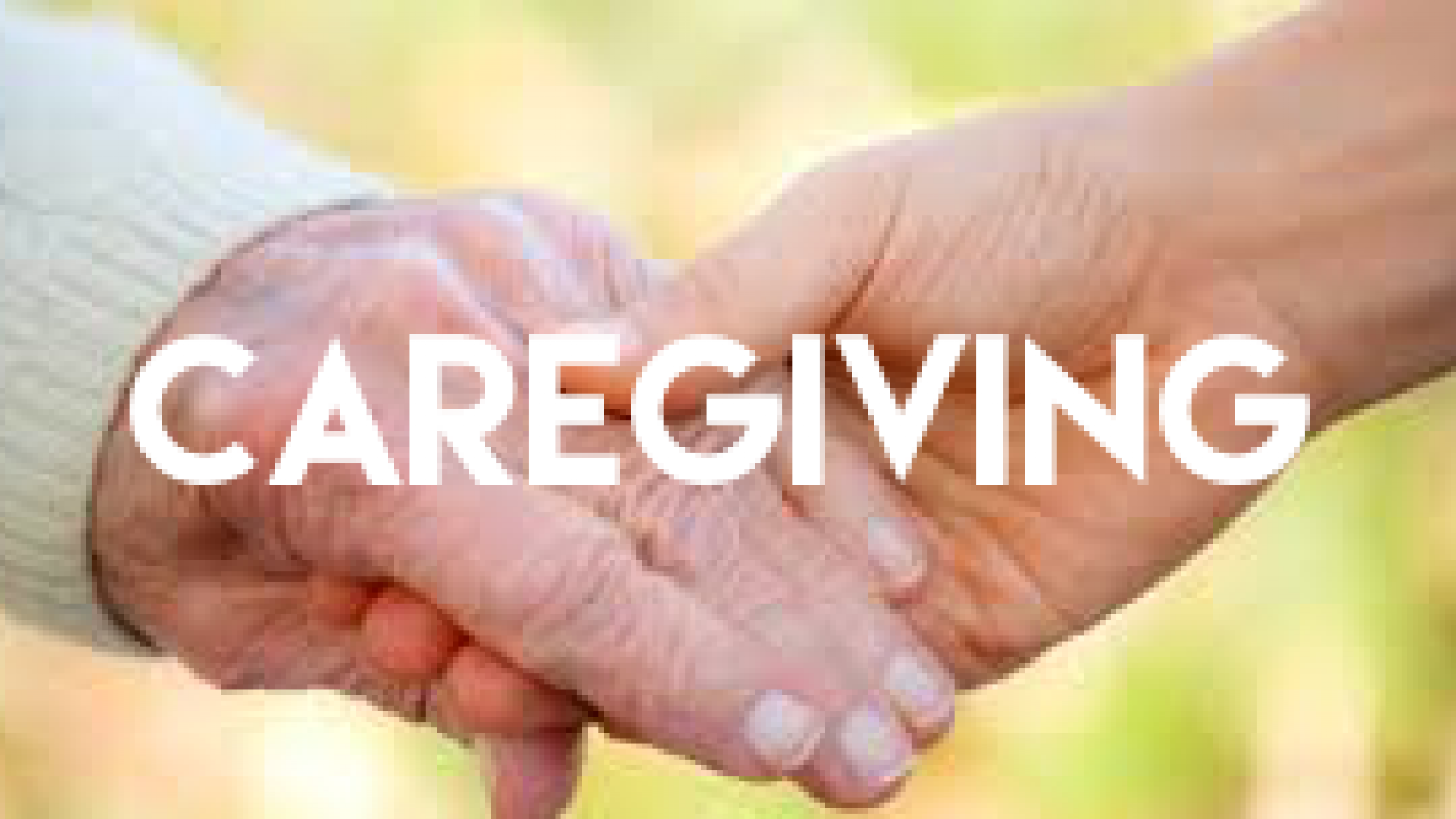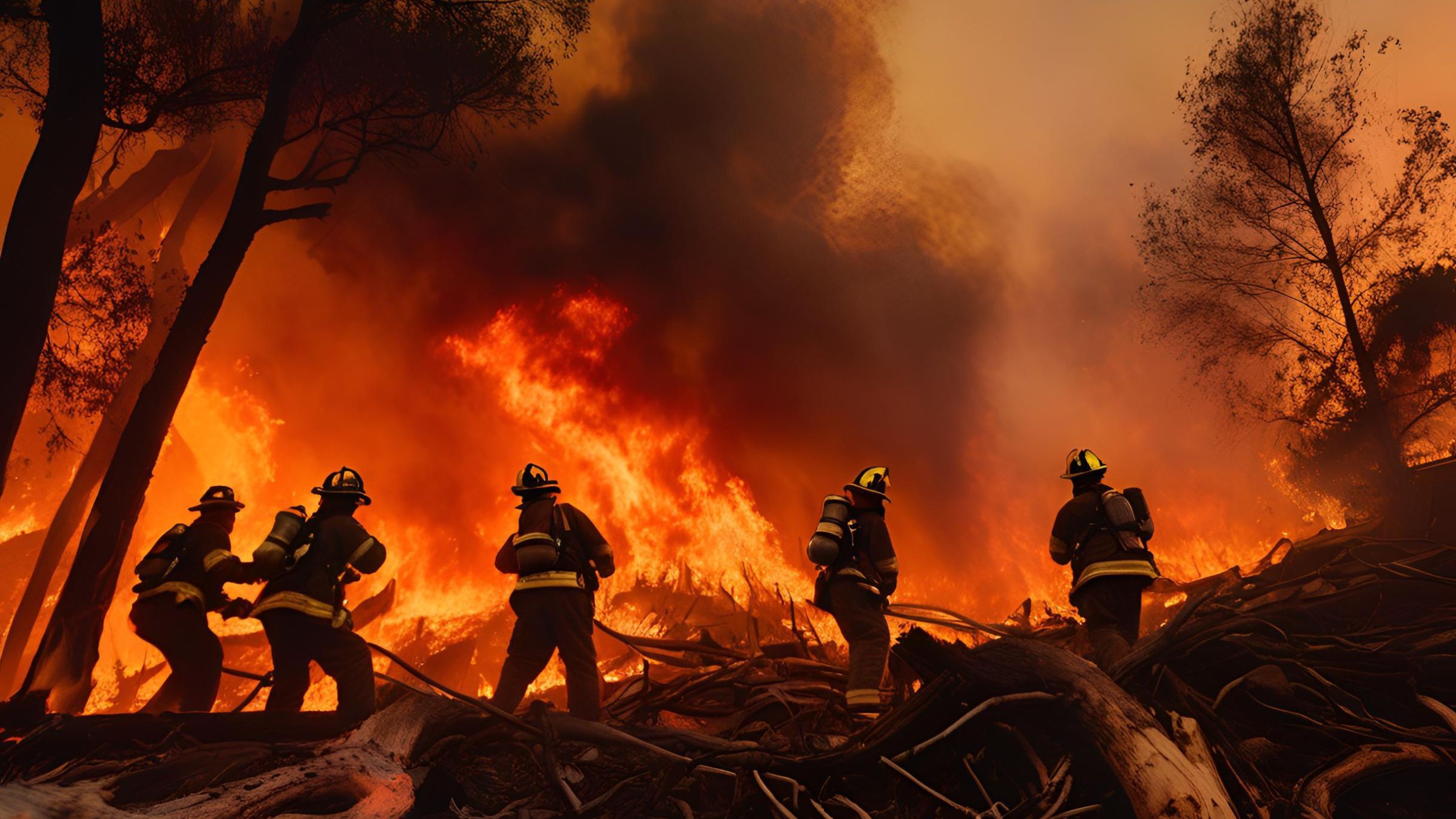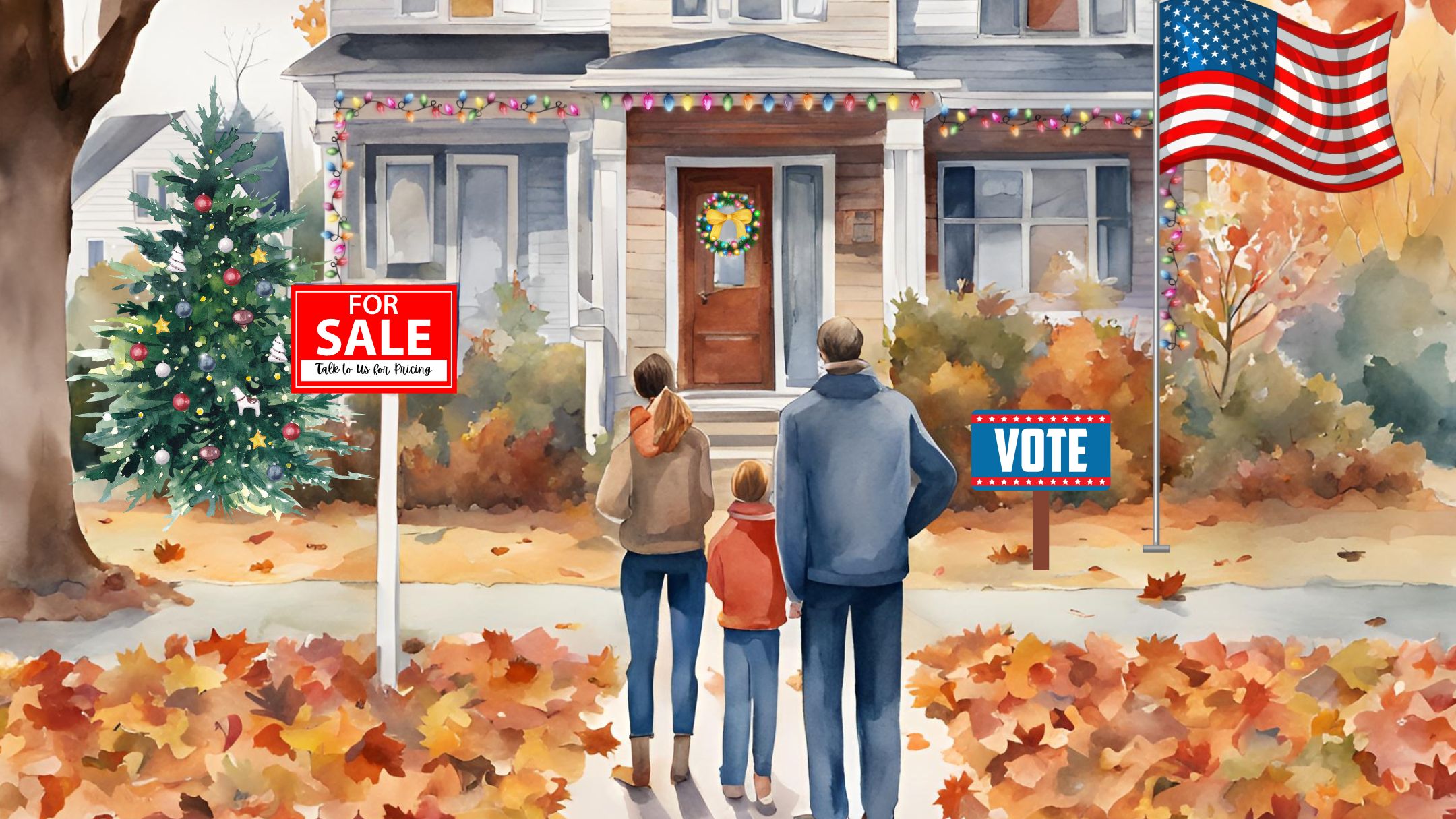Change is Constant
When health or life circumstances change, living arrangements may need to change too. Homeowners and their families will want to maintain a suitable degree of independence that also provides a safe environment. An objective assessment of capabilities and current needs is how to begin an appropriate level of care. This article is a review of many of the signs that can be looked for in considering when it is time to make a transition.
The ability to perform many of the main activities of daily living is a useful basis to decide when some changes are required, and can also provide guidance in the level of care needed.
Those basic activities include:
- eating
- bathing
- toileting
- dressing
- maintaining continence
- mobility
Secondarily, other activities required for independent living include: using the phone, managing medications, doing laundry, and grocery shopping.
Being Proactive
Since it may be crucial to be proactive, the following could be warning signs. Of course, some of these might simply be a temporary side-effect of medications or a short-term reaction to some emotional situation or lack of sleep. However, because they might be an indication of a growing problem, it would be well for the family member or caregiver to be mindful and mention it to the senior’s primary doctor.
- Difficulty in walking, bumping into furniture or walls
- Signs of depression or hopelessness
- Loss of self-confidence
- Increased irritability or mood swings
- Incontinence
- Lack of appetite or taste
- Not caring for plants or pets
- Unkempt appearance, mismatched shoes or socks
- Trash or laundry left everywhere
- Leaving mail unopened or not answering the phone
- Lack of focus or comprehension of verbal communication
- Repeating what was just said or asking you to repeat yourself
- The inappropriate volume of T.V. or radio
- Sitting alone in an unlit room
- Significant weight loss or gain
- Talking about death or suicide
The single most important challenge for prospective caregivers is in clear and open communications – with one’s self, other family members, healthcare providers, and of course mainly the individual being cared for! To really understand the senior’s situation requires patient questioning and careful listening.
Focus on Basic Wellness
Examples of some questions that may help focus on their basic wellness and thinking include:
- Are you getting any exercise?
- Are you getting out of the house much?
- Are you staying in touch with friends or other family members?
- Have you experienced any short-term memory loss?
- Have you gotten confused or upset recently? About what?
- Is your eyesight or hearing diminished?
- Are you still getting to the barber (or beauty) shop?
- Have you less interest in keeping the yard or the inside of the house in repair?
- Are you sleeping any differently than you used to?
- Are you keeping up with paying your bills?
- Are you keeping up with your passions or hobbies?
There are many levels of transitional actions that can maintain the highest quality of daily living for the seniors, but it always would best include open and clear communications with all concerned. Most people have little or no difficulties with activities of daily living even beyond age 85 today.
However, as we have explored in previous articles, it can be most helpful to think through what plans can be put into action well ahead of a time of need. Even the concept of downsizing can be approached well in advance if the homeowners are helped to discuss the benefits of streamlining and decluttering their lives.




